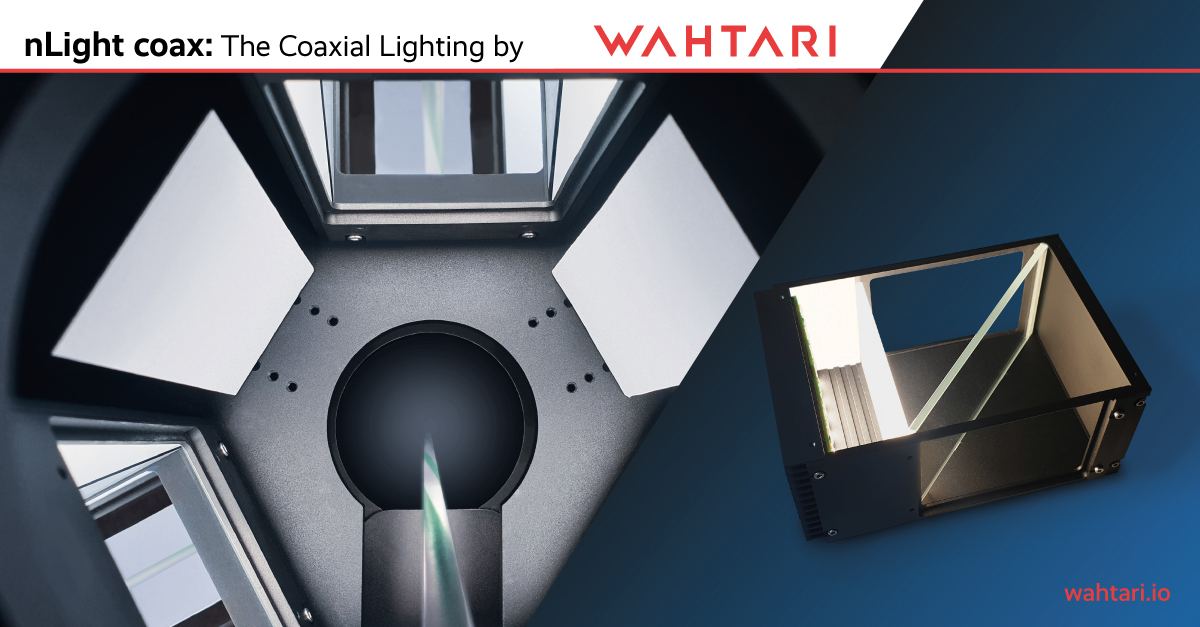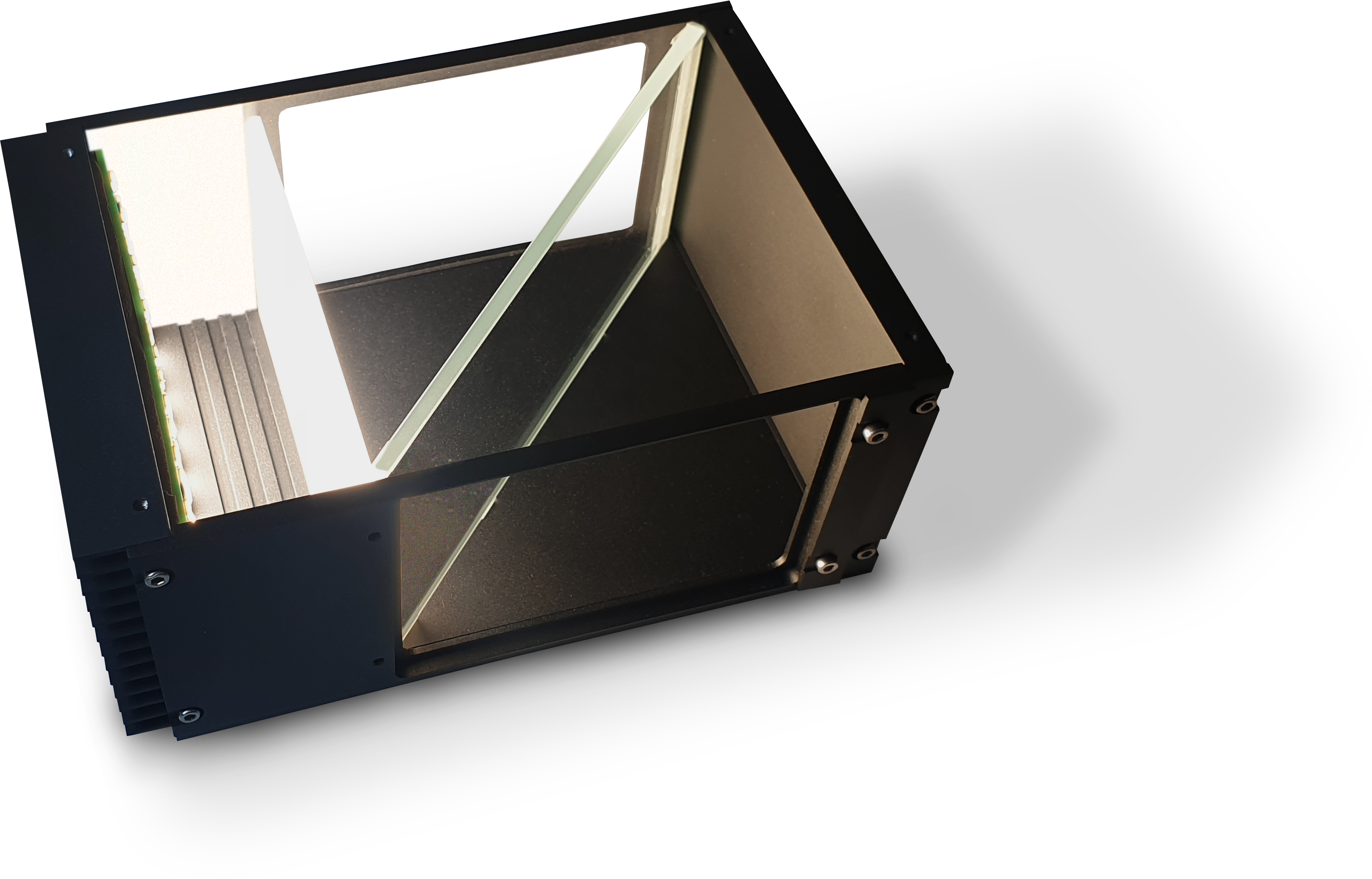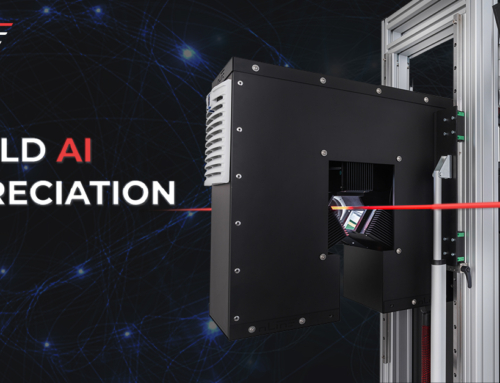1. Illumination in Machine Vision
It is no secret that the lighting situation in machine vision applications is a decisive factor for the final quality of image evaluation. A suboptimal setup or insufficient equipment can lead to problems like overexposure, underexposure, reflections and flare, which often directly impair error detection.
In this context, traditional image processing is even more susceptible to unfavorable lighting than image processing using artificial intelligence. This is because AI – in contrast to conventional image processing – can compensate for certain weaknesses in the lighting situation, like differently lit backgrounds or slight changes in brightness of the object to be inspected.
However, as soon as the lighting situation causes information loss in the image itself, no clever algorithm or advanced technology will be able to compensate for that. One common example are reflections caused by directional light sources like ring lights or simple line lights. The original pixel information of the surfaces reflecting the light get lost, but could have contained quality defects that should have been detected.
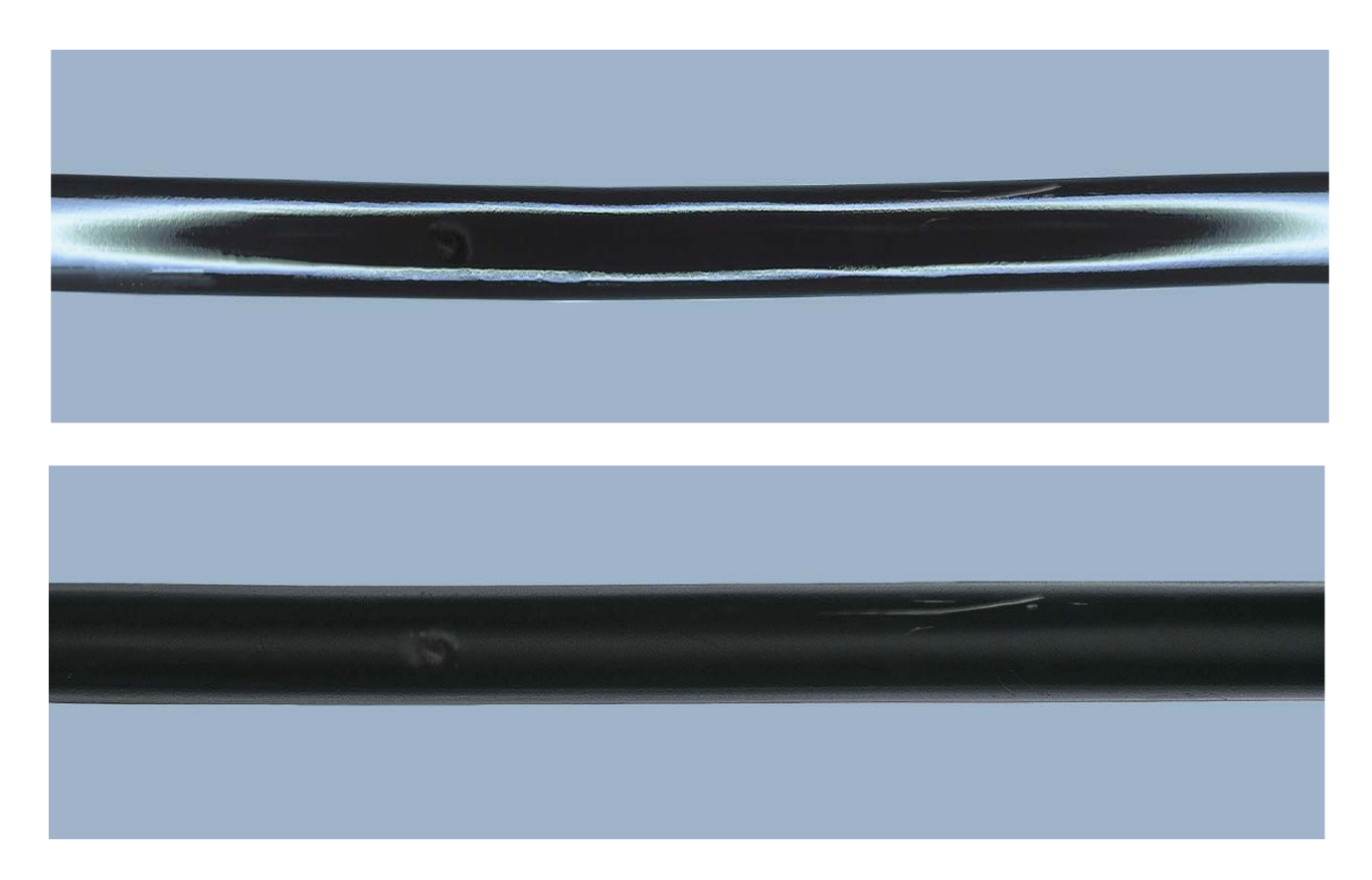
Fig. 1: Ilumination in comparison: on top: ring light; on the bottom: coaxial light
So in order to produce image material that can be evaluated as well as possible and to make even small defects visible, the lighting situation must be appropriate for machine vision inspection.
This includes taking into account that automatic image evaluation must also function at high speeds (e.g. for defect detection during cable production, quality control of conveyor belts or number plate recognition of vehicles on the motorway).
Fast production speeds require a high frame rate (e.g. 1500 per second) to ensure gapless detection. However, the higher the frame rate, the shorter the exposure time. Therefore, images quickly appear too dark if the lighting is not powerful enough.
For this reason, a particularly high-performance or high-intensity illumination must be selected in order to achieve good image reproduction despite the short exposure time.
In addition, stable and reproducible lighting conditions should be created for optimal image and error evaluation. Light sources that emit constant light and do not flicker, such as high-quality LEDs, are favorable.
The color spectrum or the so-called CRI value (Color Rendering Index) or index Ra (general reference index) is also important here. A higher value stands for higher color fidelity. A value of Ra 100 corresponds to color rendering in sunlight. To achieve the best possible color fidelity, the CRI value should be at least 90.
Finally, the uniform illumination of the test object is important, especially to image three-dimensional defects such as cracks, scratches, dents or bubbles. Defects or desired test features must be visualized with sufficient contrast and reflections and mirroring of the test object must be avoided.
2. Characteristics and Advantages of Coaxial Illumination
These high requirements are met in particular by so-called coaxial or bright field lighting. Here, the light source is not aimed directly at the object. Rather, the illumination is located laterally (i.e. coaxially) from the object and shines through a diffuser onto a half-mirror that projects the light onto the object.
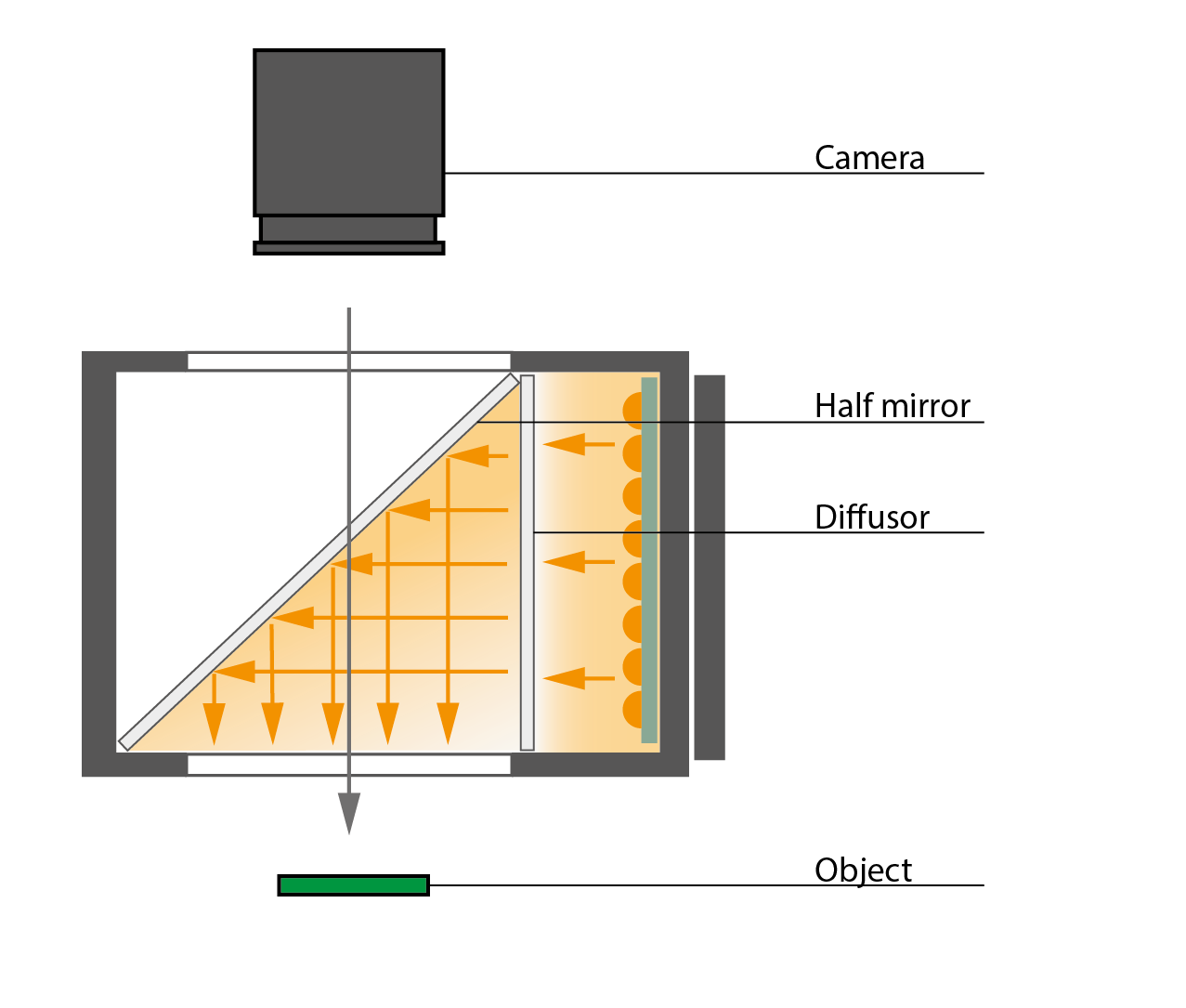
Fig. 2: Mechanism of the coaxial illumiation
This creates a highly diffuse bright field that ensuresuniform illumination and avoids reflections. This illumination technique is therefore particularly suitable for reflective surfaces of all kinds, such as metals, glass, smooth or polished surfaces, etc.
The homogeneous light atmosphere also makes coaxial illumination attractive for defect inspection on uneven surfaces, since details become visible despite, for example, wrinkling or curvature. It should be noted that coaxial illumination is best positioned close to the object to create optimal lighting conditions.
Due to the construction with a semi-transparent mirror, the camera looks directly through the mirror glass from the transparent side, onto the object and not – as with direct illumination (e.g. with a ring light) – „through“ the light source. This avoids the camera being „blinded“ and image information getting lost due to overexposure.
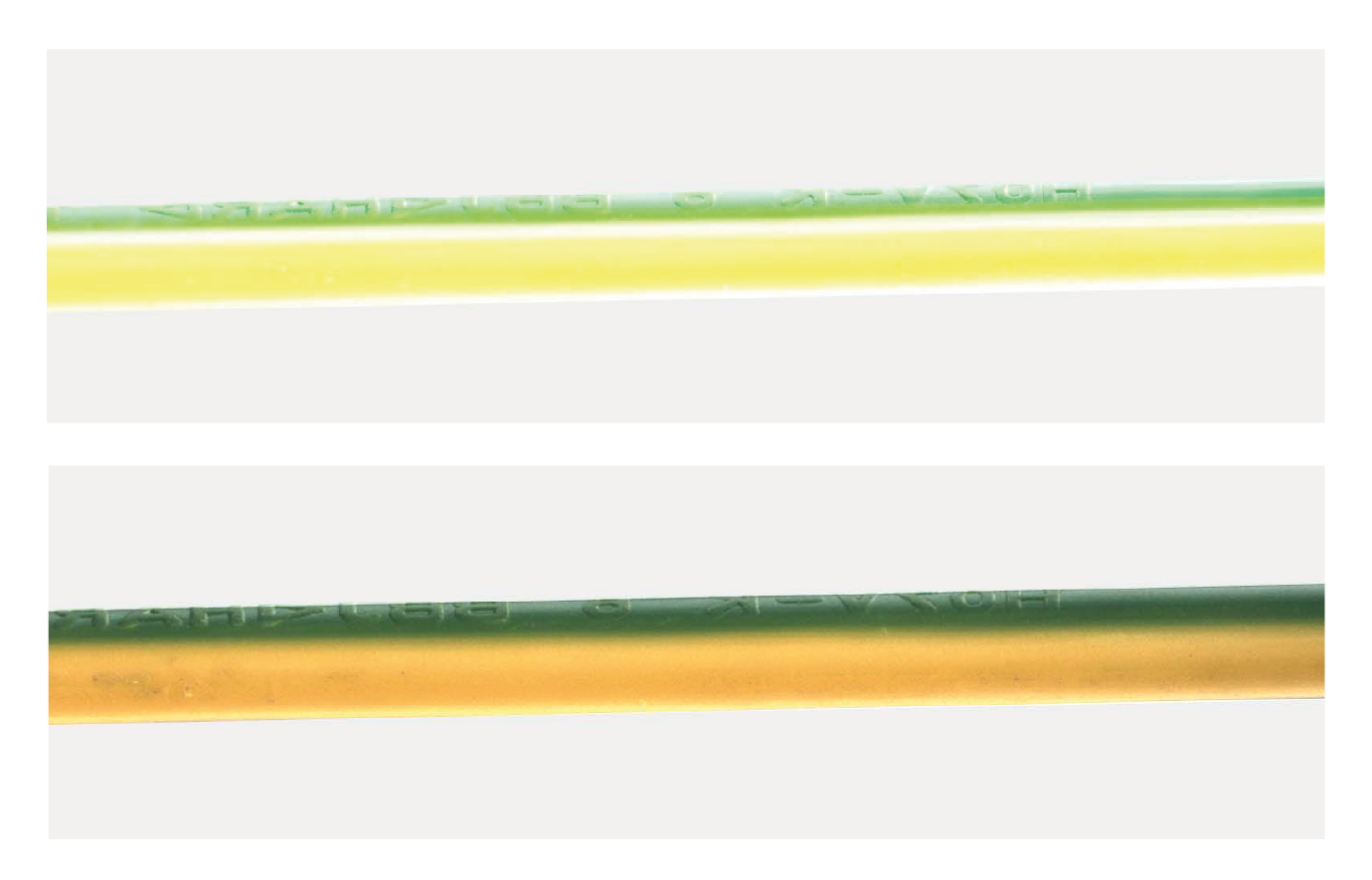
Fig. 3: Exposure in comparision: on top: overexposed; on the bottom: normally exposed
3. Coaxial Illumination in nLine for Automatic Quality Control on Cables
Wahtari nLine 360-Ti3 is the 360° inspection solution for cables and other linear products. Using AI supported image processing, cables can be inspected at speeds of up to 250km/h (~ 4166 m/min) during operation – i.e. inline.
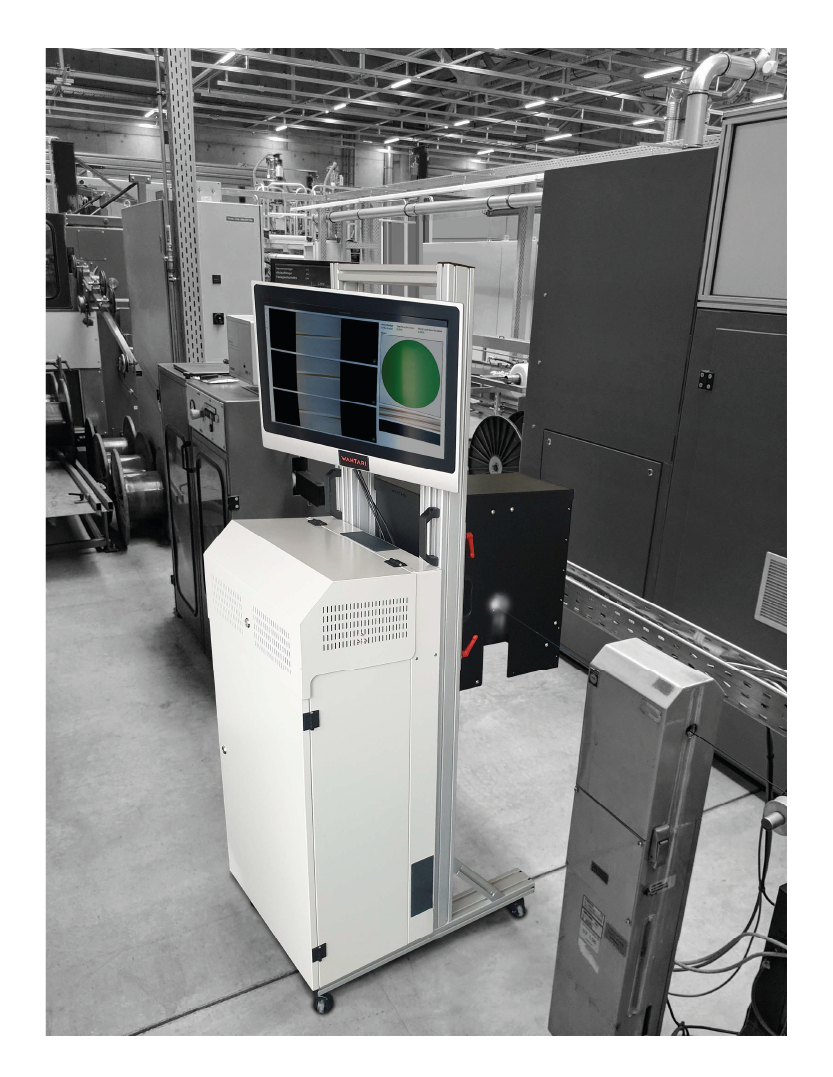
Fig. 4: nLine Plus
Specially developed for the extrusion sector, nLine enables the testing of many different product features and defect types in a single compact device. The rapid training is based on a few good examples and makes nLine flexible to use. The intuitive inspection solution replaces existing measuring and testing technology and provides seamless inspection and defect documentation. Three built-in high-speed cameras continuously monitor the entire cable surface over the entire cable length.
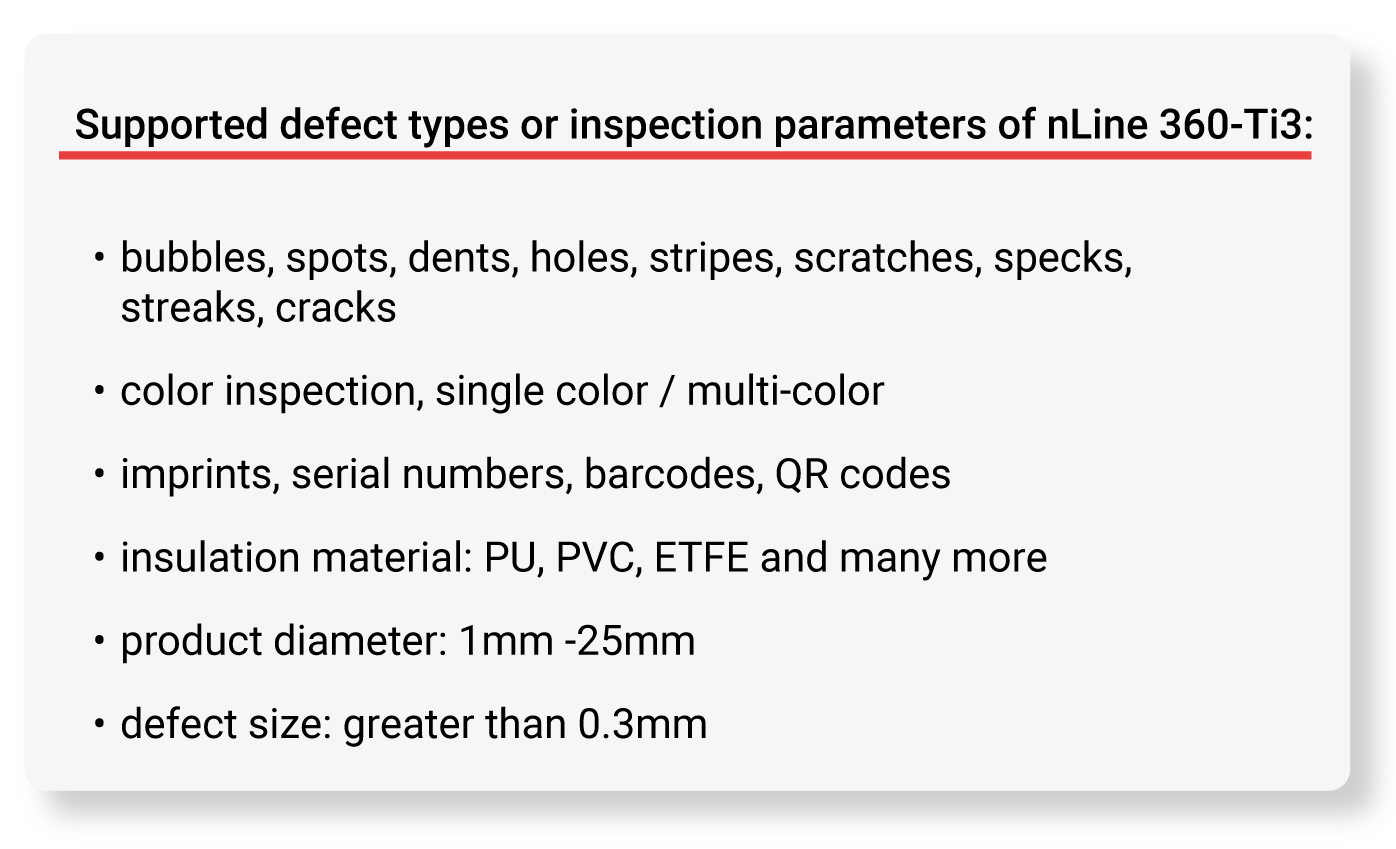
The nLight coax from Wahtari installed in front of the cameras ensures optimal lighting conditions. Thanks to powerful illumination, even small defects become visible at its high operating speeds. Unwanted color gradients, holes, streaks or other inspection features are easily illuminated. The homogeneous light enables the trained AI to distinguish water drops from the cooling process from actual defects (e.g. spots). Reflections are reduced to a minimum and compensated for by the AI.
The nLight koax lighting integrated in nLine enables high-quality images to be captured. For optimal defect detection on cables of all kinds.
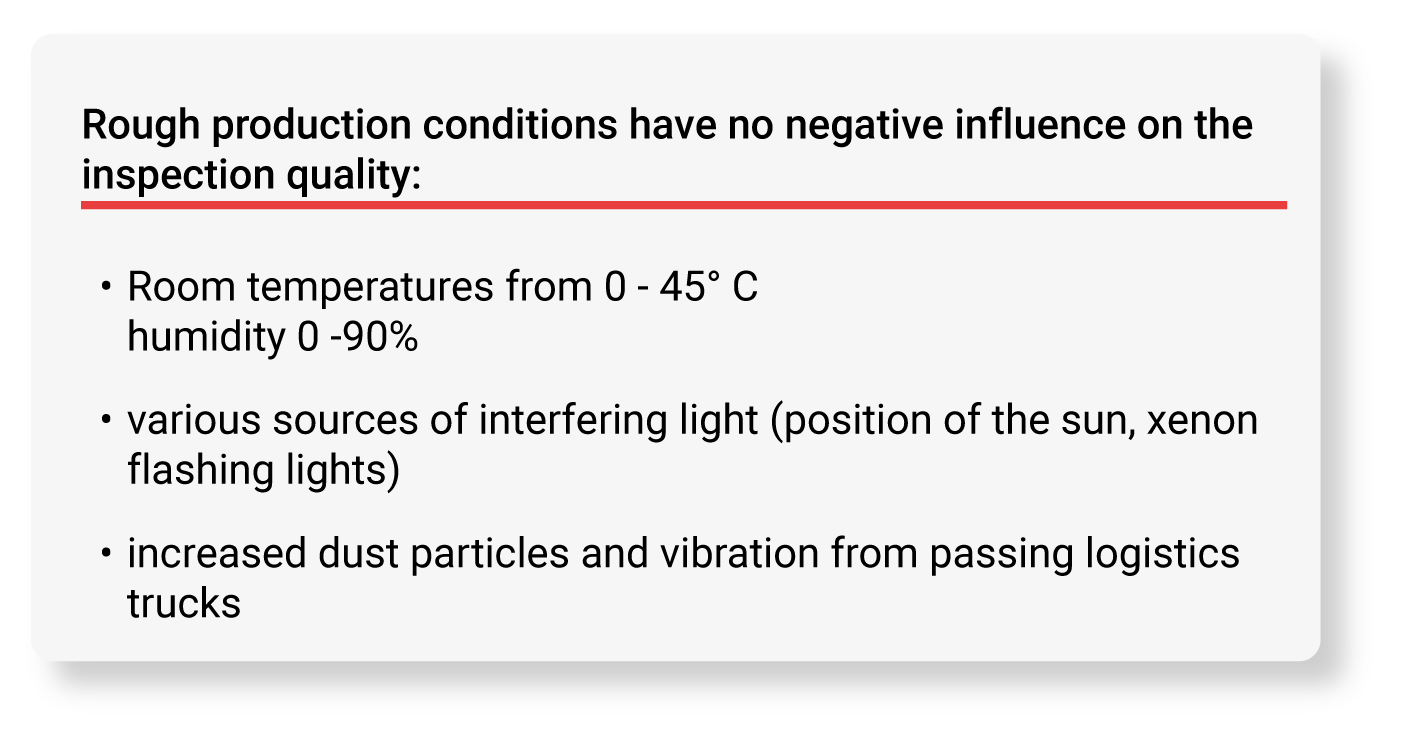
4. Conclusion
In order to produce high quality images for automatic defect detection during high speed cable production, we have developed our own coaxial illumination. We had the idea for our own coaxial illumination during the development of nLine. Already available solutions were mostly not bright enough or much more expensive than our own development.
With nLight koax, we can now offer extremely highperformance coaxial lighting developed and produced in Germany at a fair price.
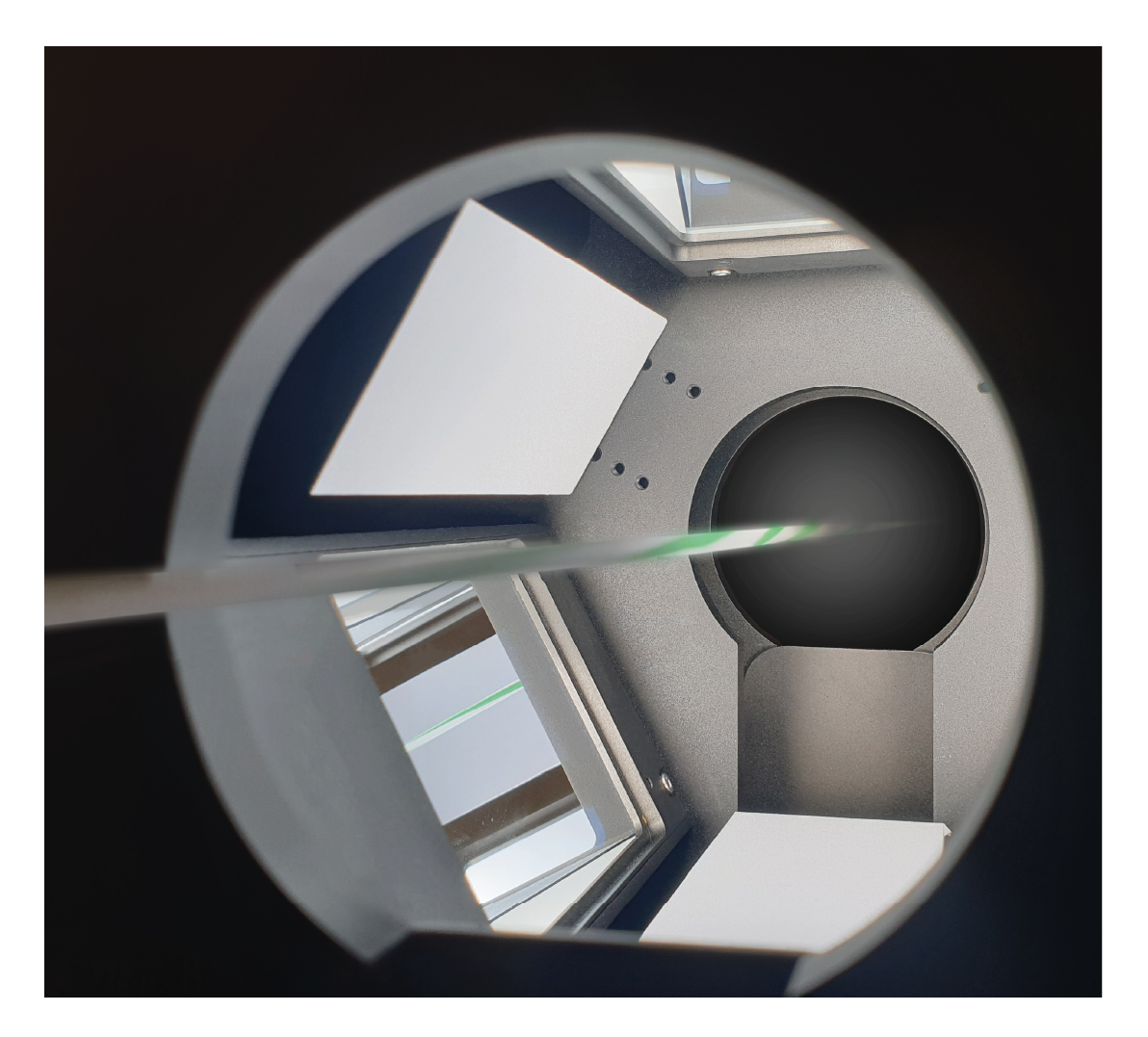
Fig. 5: nLight coax in nLine
nLight koax is specifically developed for the machine vision sector and is the first in our (planned) nLight lighting series. Thanks to extra powerful output, a special cooling system and high and natural color rendering, the coaxial illumination from Wahtari is well suited for a wide range of machine vision use cases.+
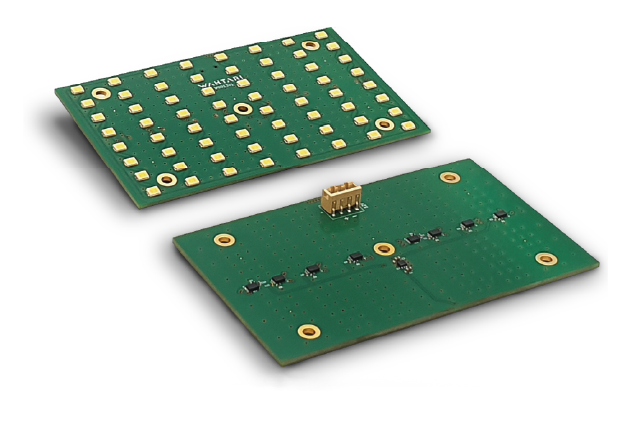
Fig. 6: Wahtari LED-board
The power of nLight koax is adjustable and ranges from 24 to 48 watts. The color rendering (CRI value) is Ra 95. This enables us to achieve optimal lighting conditions to make even the smallest indentations, dents or other irregularities on cables visible.
Interrested?
Learn more at: https://wahtari.io/products
Here you can find out why you should pay attention to a global shutter in AI-based image evaluation.
Contact us by email at: info@wahtari.io
